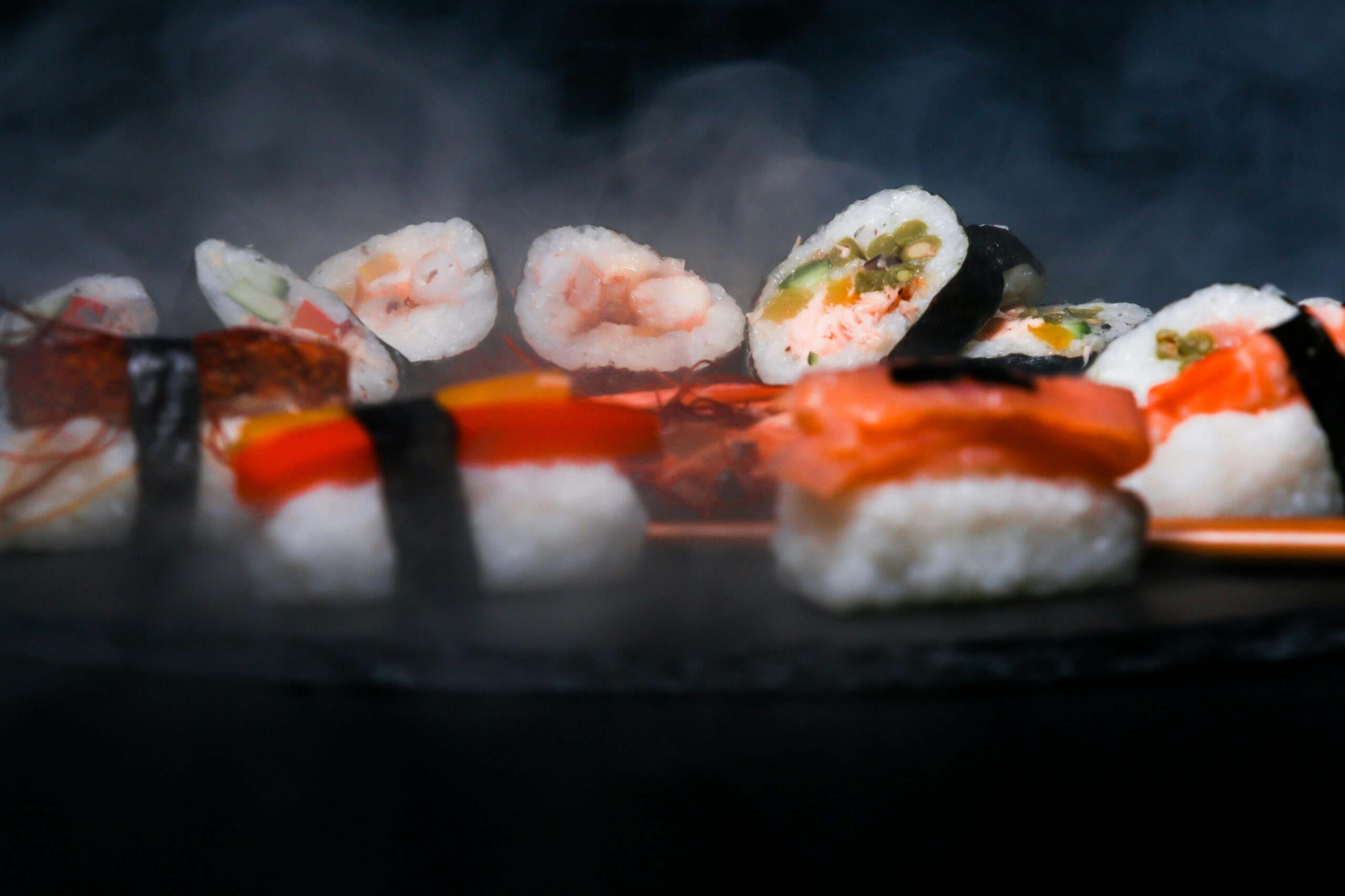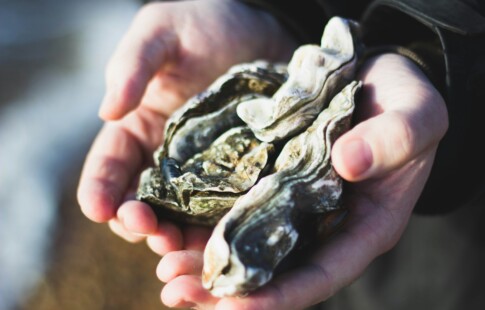
Beyond Sushi: The Surprising Versatility of Seaweed
We are reader-supported. When you buy through links on our site, we may earn affiliate commission.
You may love the taste of fresh sushi, but did you know you can eat seaweed in other ways? Here’s a closer look at edible seaweed and its health benefits and versatility in your diet.
Health Benefits of Seaweed
Seaweed contains essential vitamins and minerals for optimal health and well-being. Yet, each seaweed species has a different nutrition profile.
Depending on the type, seaweed could be an excellent source of fiber, potassium, iron, magnesium, polyunsaturated essential fatty acids and polysaccharides. The polysaccharides are quality prebiotics for healthy gut bacteria and digestion. Here are four other benefits of seaweed.
- Controls Blood Sugar
Studies have shown the antidiabetic effects of brown seaweed, particularly Wakame. Its phlorotannins regulate blood sugar levels and limit foods’ glycemic index.
Brown seaweed is most prevalent in diets containing marine algae — accounting for 7 million of the 10 million metric tons of seaweed harvested annually — of which there are 1,800 species.
- Prevents Cancer
The polysaccharides in seaweed may be a prime defense against various cancers, including esophageal, breast and cervical cancer. They eliminate free radicals, prevent cancer cell formation and impede metastasis.
- Improves Thyroid Function
Seaweed is rich in iodine, making it an ideal dietary supplement for deficiencies. Iodine promotes thyroid function — even a slight decrease can negatively affect your health.
Research has suggested eating seaweed can increase iodine and regulate your thyroid hormones. Conversely, you don’t want to consume too much as it can result in hyperthyroidism or potentially papillary thyroid cancer.
- Reduce Cardiovascular Risks
Eating seaweed could reduce your risk of cardiovascular disease and stroke due to its positive effects on blood pressure, lipids, blood glucose, fatty acids and weight. Although, more research is needed to determine its impact on cardiovascular-induced mortality.
Types of Edible Seaweed
Not all seaweed is safe to eat — some are even toxic. However, edible species are widespread in Japanese, Korean and Chinese cuisine. In fact, China produced 17.5 million metric tons of seaweed in 2017 — 53.75% of global production — making it the largest harvester in the world.
Edible seaweed you can find at the grocery store or specialty food markets include:
- Nori: Red seaweed cut into sheets to make sushi.
- Kombu: Brown seaweed used in umami dishes like dashi and soup.
- Wakame: Also known as brown kelp — a dark green, tangy and somewhat sweet seaweed used in salads and miso soup.
- Chlorella: Freshwater seaweed used in supplements.
- Sea Moss: Purple seaweed from Hawaii, used to make jelly and serve on salad.
- Hijiki: Black seaweed appetizer — typically dried and shredded — used in broths, salads and vegetarian dishes.
- Dulse: Purple seaweed eaten as a snack or crumbled over salads and potatoes.
- Umibudo: Green seaweed, commonly eaten as a salty snack.
The Role of Seaweed in Japanese Culture
More than 1 billion people deal with obesity worldwide. In an equally alarming statistic, experts predict 167 million people will have weight-related illnesses by 2025.
Japan has one of the lowest global obesity rates at 4.6% among adults because of diet and lifestyle. Of course, seaweed is a cornerstone of Japanese cuisine, served in 21% of their meals and scientifically proven to promote weight loss.
It’s also a common ingredient in Japanese skin care and cosmetics. According to one study, seaweed exists along shorelines and depths of 150 meters — 492 feet — leaving it exposed to ultraviolet rays. Japanese culture uses seaweed products because of their photoprotective properties, countering photoaging from sun damage.
Seaweed Recipes to Try at Home
To maximize its health advantages, you can make many simple seaweed recipes at home. Here are three delicious, nutritious and easy meals to try.
Crunchy Seaweed Wraps
These seaweed wraps have the right amount of fiber and protein to keep you satiated. Using crunchy roasted seaweed sheets, layer these wraps with avocado and salmon. Top with a blend of Japanese spices, soy sauce and a spicy lemon-avocado-shichimi-togarashi paste, and you have the perfect 15-minute lunch.
Seaweed Salad
Allow Wakame to rehydrate in water for 10-15 minutes until it softens. Rough chop it and stir it in a bowl with vinegar, oil, salt and a pinch of sugar. Top with sesame seeds and serve at room temperature or cold.
Miso Soup
This traditional Japanese soup calls for Kombu and Wakame. While the Wakame rehydrates in water, you’ll want to simmer the Kombu for 10 minutes. Avoid boiling, though, as it’ll make it taste bitter. Remove the seaweed, mix white miso paste with broth, and cook in the pot with seaweed, scallions and tofu for one or two minutes.
Enjoy the Benefits and Flavors of Seaweed
Broaden your palette by trying various seaweed species in your meals. You’ll be rewarded with its many health benefits and may discover a new favorite dish besides sushi.
Share on
Like what you read? Join other Environment.co readers!
Get the latest updates on our planet by subscribing to the Environment.co newsletter!
About the author

Jane Marsh
Starting from an early age, Jane Marsh loved all animals and became a budding environmentalist. Now, Jane works as the Editor-in-Chief of Environment.co where she covers topics related to climate policy, renewable energy, the food industry, and more.





